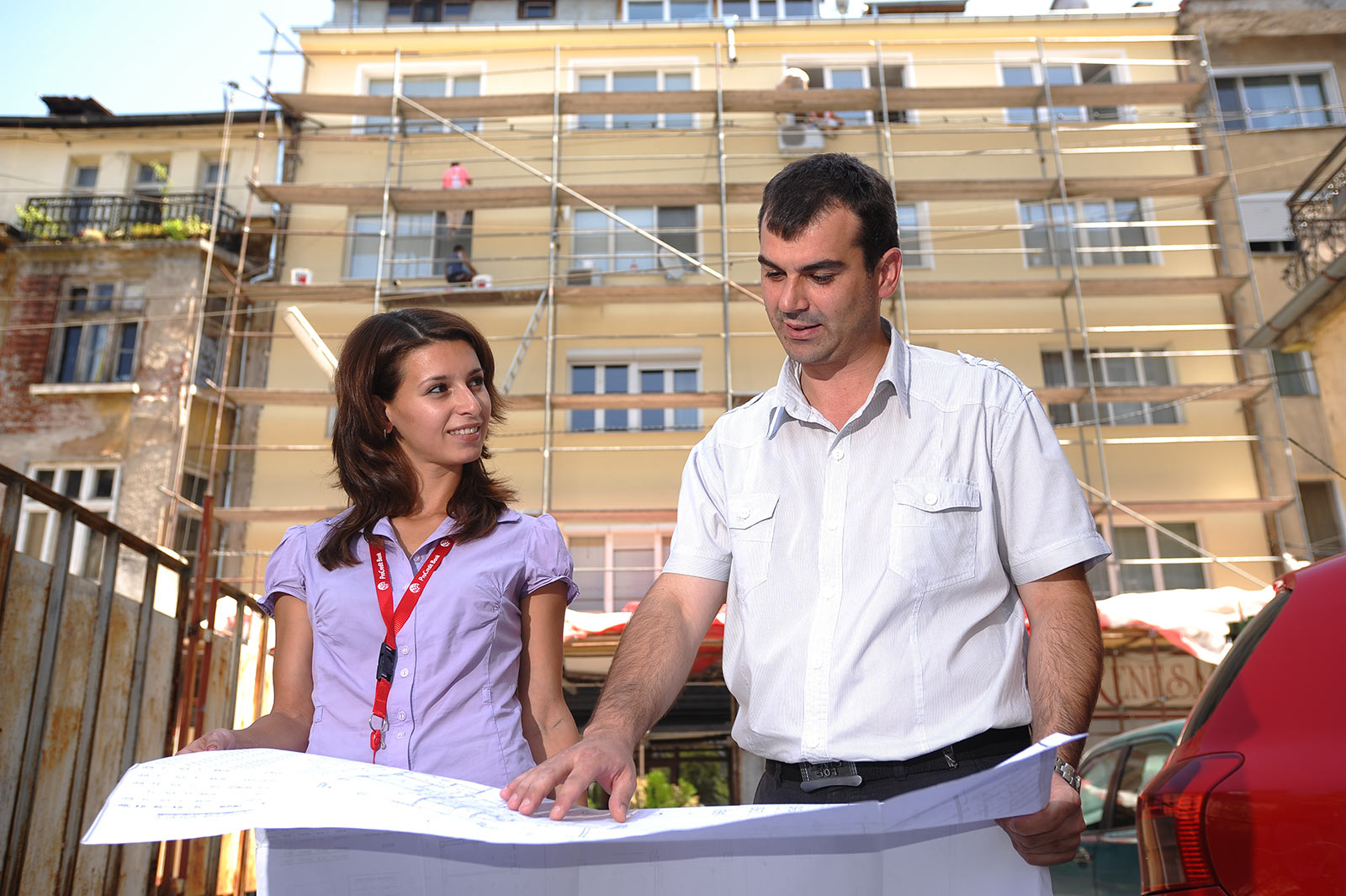Key observations: 2017

As the scope and level of the Bank’s lending has expanded, the number of projects under monitoring has also increased. In recent years, this expansion has been largely due to the impact of EFSI. For most projects, monitoring concerns the physical progress of the project. However, in a drive to understand the full impact of the projects financed by the Bank, the complexity and scope of the monitoring process has also developed. Sector-specific indicators and benchmarks have been established against which projects are assessed on completion, and at the end of three years of operation.
2017 confirmed that project promoters take their reporting obligations seriously. The vast majority of documents required for monitoring reached the Bank within the deadlines specified in the finance contract. Consequently, the EIB’s services were able to process reporting data and take any appropriate action within a reasonable timeframe. Altogether, more than 250 projects reached final completion in 2017 with a documented Project Completion Report, 85% of which were located within the EU. The smooth running of the monitoring process, coupled with the efforts made by the Bank’s services and promoters, means that the EIB can demonstrate that more than 75% of projects reaching completion in 2017 achieved a “High” or “Good” rating with respect to the Bank’s quality and soundness criteria. All completed EU projects lie within the scope of the Bank’s public policy goals (PPGs), and all non-EU projects meet the objectives of their relevant external lending mandate.
The physical monitoring of projects means that the EIB can provide an accurate account of the impact of its investments. Project outputs and outcomes are fully documented, allowing the Bank to quantify the direct contribution of its investments in individual projects to the appropriate PPGs. As the monitoring process runs its course, the documentation produced helps to tell the story of individual projects. The case studies included in this report owe a lot to the diligent reporting of both project promoters and the EIB’s services.
The monitoring process clearly helps deliver strong project outcomes. However, it is the groundwork undertaken by the Bank’s services at the appraisal, and even pre-appraisal, stages which lays the foundations for success. Strict screening based on advanced sector expertise means that the services are able either to filter out projects with potentially unmanageable risks completely, or to propose implementation support for projects which pose manageable risks and which would offer substantial economic benefits if implemented. The appraisal process also identifies the challenges a project is likely to face during implementation, allowing the Bank’s services to define risk-mitigating loan disbursement conditions. This approach can lead to complex and sometimes lengthy negotiations, but the high proportion of strong ratings on projects reaching completion testifies to its value.
Only a small fraction (3%) of projects completed in 2017 received an unsatisfactory quality rating. This confirms the value of the appraisal, monitoring and implementation support provided by the Bank’s services. The most common problem areas were procurement, project management and project planning. While the absolute number of problem projects is small, solutions and corrective actions are given a high priority, and the Bank tries first to mitigate the problem and then use it as a learning experience. Was the problem due to unforeseeable external events, or would more intensive monitoring or more stringent disbursement conditions have avoided the situation? The aim is to learn from these experiences and identify and develop appropriate preventive strategies.
The EIB’s monitoring operations are effective in helping to deliver positive project outcomes. Almost all promoters are diligent in meeting their contractual obligations, and many go well beyond. Monitoring also ensures that the Bank has sound, first-hand information and can report in depth on the impact of its investments in support of EU economic growth and the creation of new employment. Obviously, the projects which the Bank supports are exposed to developments in the macroeconomic context in which they operate - either positive or negative: for example, higher or lower traffic volumes, passenger numbers or energy consumption than anticipated, or unexpected budgetary restrictions imposed in the public sector. However, here are the stories of a few EIB projects which reached completion in 2017. At the individual project level, the case studies presented here are chosen to illustrate the quality of the Bank’s monitoring portfolio across different economic sectors and regions. Each project is different, but each one touches the lives of EU citizens in a variety of ways: sustaining or creating jobs, making innovations happen, generating knowledge, boosting the use of renewable energy, improving the security of the energy supply or helping provide transport systems which meet the demands of the modern traveller. Whatever the specific focus of the project, the Bank has worked to ensure an environmentally-friendly, smart and sustainable outcome: one that develops the efficiency and efficacy of the European single market while supporting the welfare of its people.